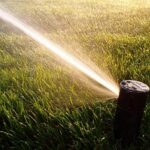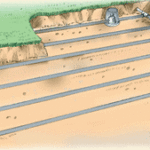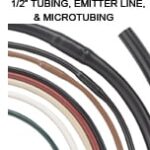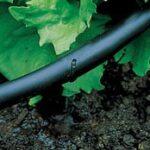Learn about drip system emitter in this expert guide, which includes tips about the placement, amount, and the expected output of emitter lines.
The chart at the bottom of the page outlines the number and capacity of emitters (in gallons per hour) required for various types of plantings throughout a yard and garden. Ranges are provided in certain cases because no two soils are alike. In those cases, choose the higher number for light soil that drains rapidly and the lower number for dense soil that retains moisture.
Drip Emitters
Emitters drip water directly onto the soil at the plant’s root zone. Most emitters have barbed ends that snap into 1/2-inch or 3/8-inch polyethylene tubing, or can be pushed into the ends of microtubing.
In-line emitters can be inserted between lengths of 1/4-inch tubing alone or in a chain. There are many different emitters on the market, varying in output rate as well as in shape, size, and internal mechanism. Most types dispense 1/2, 1, or 2 gallons per hour (gph).
Emitters are color-coded by water output; the tubing delivering the water always goes into the colored side. Unlike sprinkler heads, emitters with different output rates can be used in a single circuit to accommodate different plants’ watering needs.
By choosing emitters with slower drip rates, you can place more in a single zone or run a longer line of tubing. For a large or sloped garden, consider investing in pressure-compensating emitters. These emitters deliver a precise amount of water regardless of changes in pressure along a line, and they rarely clog because a flexible diaphragm inside regulates the water flow and flushes particles from the system.
If you have a dirty water supply or very hard water, use either pressure-compensating emitters or nonplugging turbulent-flow emitters, a lower-priced alternative. Some emitters can be adjusted to increase their flow from delivering droplets to a gentle stream of water, a feature that is especially useful for plants growing in sandy soil or porous container mixes.
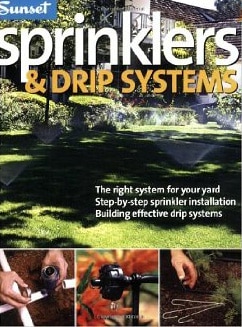 There are also emitters that sit almost flush with 1/2-inch tubing, limiting the chance of damage. Others come with a built-in stake to hold them just above the soil. You can also buy multioutlet emitters to run microtubing to nearby plants.
There are also emitters that sit almost flush with 1/2-inch tubing, limiting the chance of damage. Others come with a built-in stake to hold them just above the soil. You can also buy multioutlet emitters to run microtubing to nearby plants.
Drip Emitter Line
Emitter line is tubing with emitters preinstalled at regular intervals inside the tube. It comes in two sizes: 1/2-inch drip tubing and 1/4-inch microtubing. Sturdy and long-lasting, emitter line is less expensive than tubing and emitters purchased separately, and it provides a slow, even output of water. The 1/2-inch size is a practical choice for watering hedges, vegetable beds, and densely planted flower beds; the 1/4-inch size is better for window boxes and large containers.



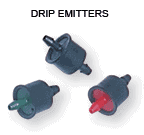
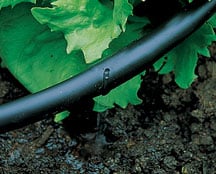
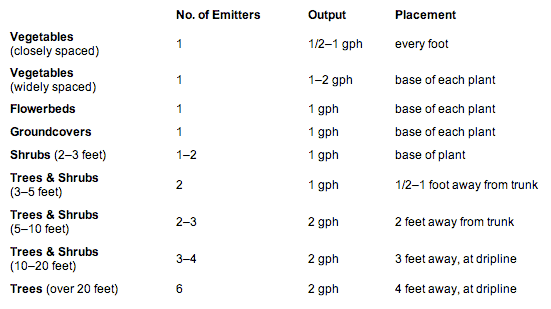

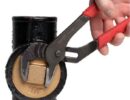

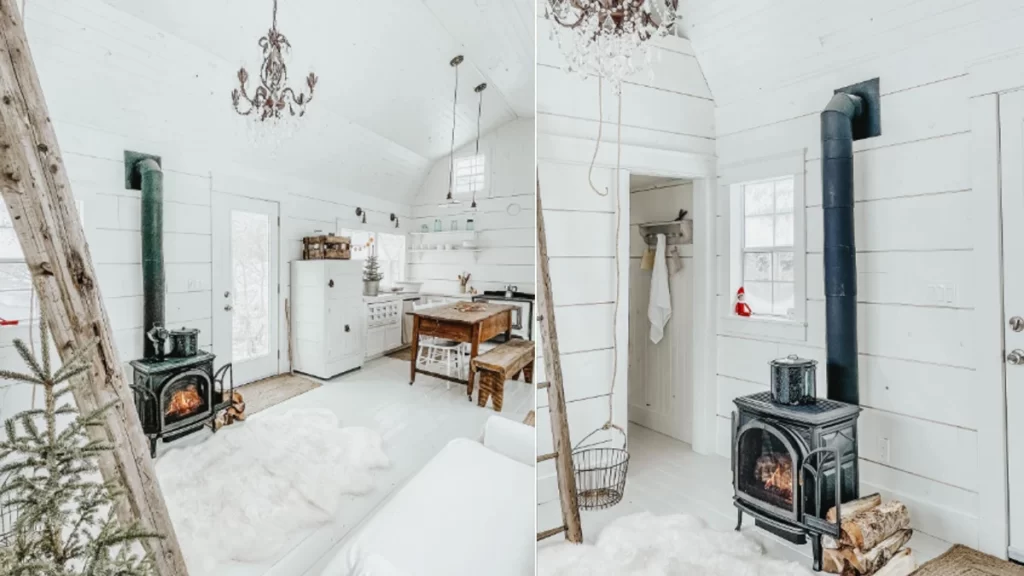
 Don Vandervort writes or edits every article at HomeTips. Don has:
Don Vandervort writes or edits every article at HomeTips. Don has:
